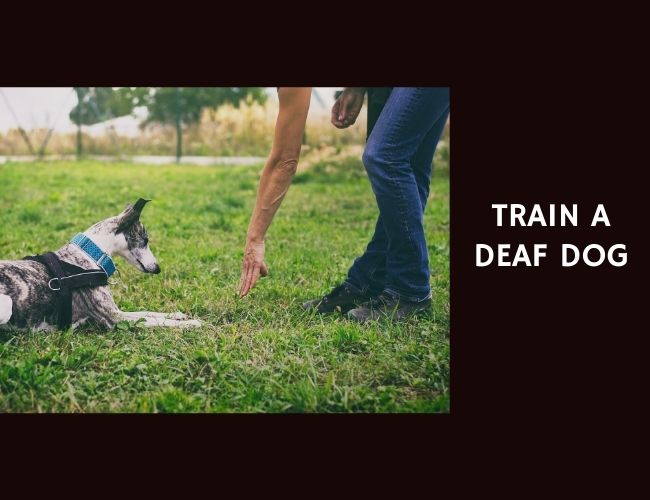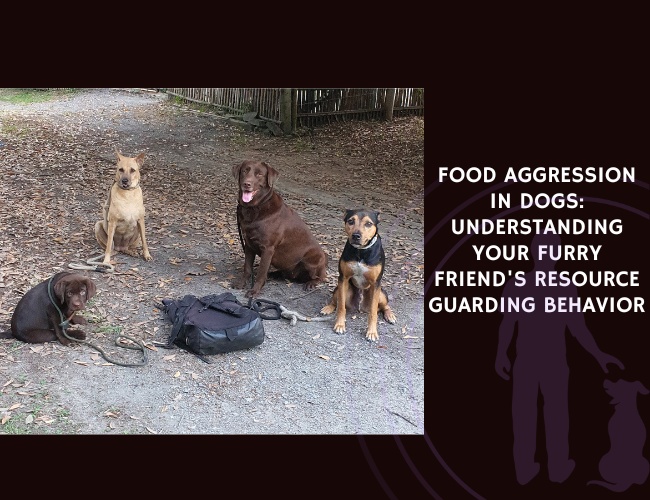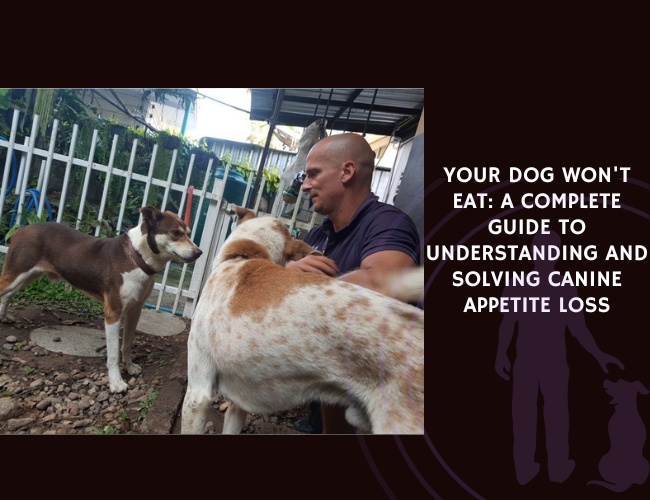In a study published in Veterinary Medicine and Science, researchers Mohammad Fallahi and colleagues examined the genetic foundations of behavior in Belgian Malinois dogs, a breed known for its high trainability and intense working drive. Their findings identified two regulatory single nucleotide polymorphisms (SNPs) in the 5′-UTR promoter region of the TAC1 gene that are significantly associated with behavioral traits such as excitability and trainability.
Using behavioral assessments of 123 male Belgian Malinois dogs and advanced sequencing techniques, the study pinpointed two promoter variants—c.-89C>T and c.-162G>C—that alter putative transcription factor binding sites. These changes may impact the expression of TAC1, a gene previously implicated in neuroregulatory pathways related to memory and learning.
Statistical analyses showed that c.-89C>T was significantly associated with increased excitability (p < 0.01), while c.-162G>C correlated with enhanced trainability (p < 0.05). Disruption of transcription factor sites for NRF1 and OTX1 may underlie these behavioral differences, offering a novel view into how specific genotypes shape canine behavior at a molecular level.
The authors note that further research across multiple breeds is needed to determine the broader applicability of these findings. However, this study provides strong evidence that trainability and emotional responsiveness in dogs may be at least partly heritable and predictable through genomic profiling.
These insights could eventually be used to inform more precise working dog selection or individualized training programs, especially in roles requiring a high level of cognitive control such as military, police, or service dog work.
Source: Mohammad Fallahi, A. Masoudi, R. Torshizi. Veterinary Medicine and Science, Volume 10, January 1, 2024.










